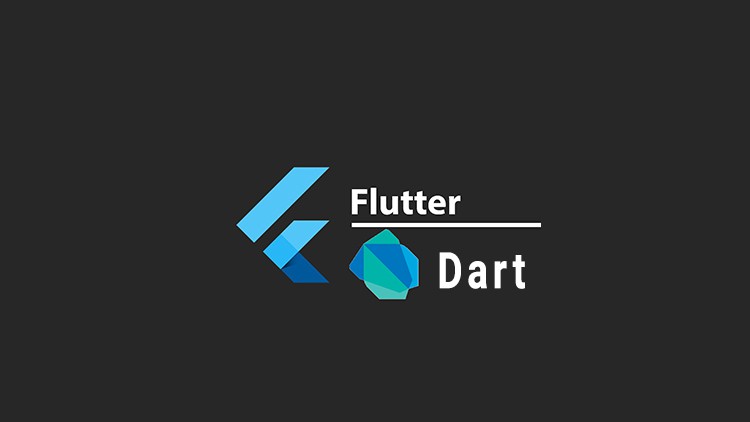
Complete Dart and Flutter Mastery: Build Mobile Apps from Zero to Hero
What you will learn
Introduction and features of Dart
Master essential concepts such as variables, lists, maps, and strings
Explore the power of decision-making with conditional statements
Unleash the potential of loops and iteration
Understand the essence of functions
Discover how to gracefully handle exceptions and prevent unexpected crashes
Master classes, objects, inheritance, polymorphism, and encapsulation
Expand your programming paradigm with functional programming concepts
Explore Dart’s powerful collection
Basics of Flutter, from its architecture to its unique features
Learn about the different types of widgets, their properties, and how to create responsive and interactive user interfaces
Building a Complete Application Using the Stateful Widget
Building User Management Application Using SQLite Database
Description
Are you ready to dive into the exciting world of mobile app development and become a proficient app creator? Welcome to “Dart and Flutter: The Ultimate Mobile App Development Course,” a comprehensive learning journey that equips you with the skills to craft powerful, efficient, and visually stunning mobile applications for both iOS and Android platforms.
Course Highlights:
Master Dart Programming:
Begin your journey by mastering Dart, a versatile and user-friendly programming language designed for building cross-platform applications. Whether you’re a coding novice or an experienced developer looking to expand your skillset, this course is tailored to guide you from the basics to advanced concepts. You’ll delve into essential topics like variables, data types, conditional and iterative statements, functions, object-oriented programming, and functional programming.
Unlock the Power of Flutter:
Discover the power of Flutter, a groundbreaking framework that enables you to create natively compiled applications from a single codebase. In the “Flutter Essentials” section, you’ll harness Flutter’s capabilities to design and build mobile applications with ease. Explore Flutter widgets, layouts, navigation, and state management, and witness the magic of creating beautiful, responsive apps.
Real-World Application Development:
Put your knowledge into practice by working on hands-on projects and real-world examples that bridge the gap between theory and application. Build dynamic user interfaces, manage user interactions seamlessly, and develop a fully functional mobile app. You’ll even integrate SQLite, a local database, to create a Note Keeper app, mastering data persistence and efficient user data management along the way.
Instructor Guidance:
Benefit from the expertise of our experienced instructor, a seasoned mobile app developer who will be with you every step of the way. Gain valuable insights, tips, and best practices that will set you on the path to success as a Dart and Flutter developer.
By the end of “Dart and Flutter: The Ultimate Mobile App Development Course,” you’ll emerge as a proficient mobile app developer, fully equipped to tackle diverse software development challenges. Whether you aspire to create your own apps or pursue a career in mobile app development, this course is your gateway to success.
Are you ready to bring your app ideas to life and embark on a journey of mobile app development mastery? Enroll now in “Dart and Flutter: The Ultimate Mobile App Development Course” and unlock your potential!
Don’t miss out on this opportunity to become a skilled Dart and Flutter developer. Join us in this thrilling learning adventure and take your mobile app development skills to new heights!
Content